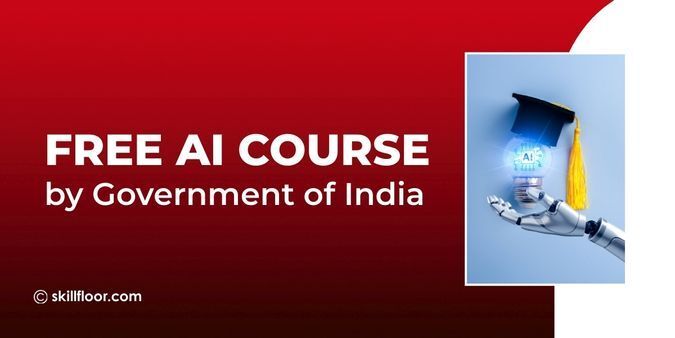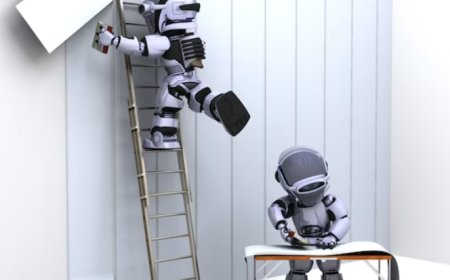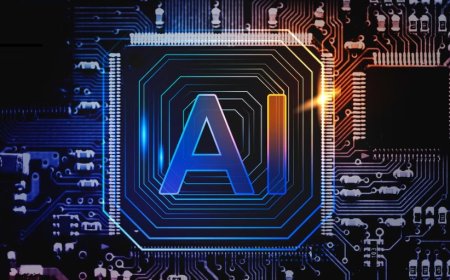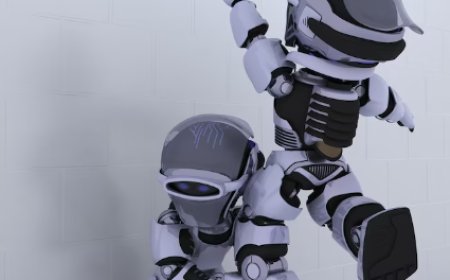The Difference Between Artificial Intelligence and Human Intelligence
Explore the distinctions between Artificial Intelligence and Human Intelligence. Uncover the nuances in their capabilities and understand their impact.
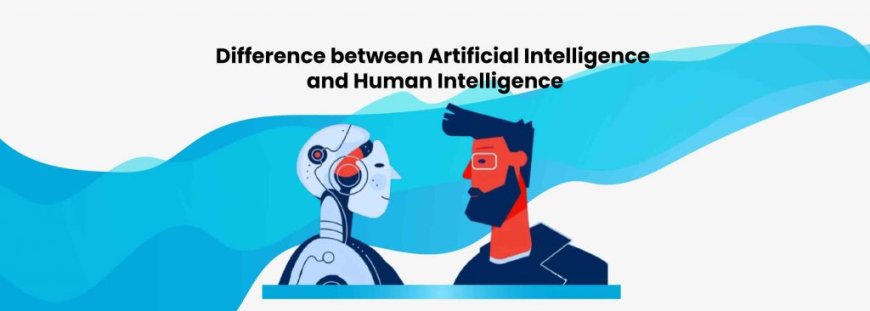
Artificial intelligence (AI) is about making machines think and learn like humans. It's like giving a computer the capability to understand, learn from experiences, and solve problems. This involves using technologies like machine learning (teaching machines to learn from data), natural language processing (helping machines understand human language), and problem-solving algorithms. The goal is to make AI systems do tasks that usually require human intelligence, such as recognizing images, understanding speech, making decisions, and translating languages. On the other hand, human intelligence is what makes us smart. It's our brain power, the ability to think, solve problems, learn new things, understand our surroundings, and use language. Our brain, with its complex network of neurons and synapses, allows us to explore the world, handle challenges, and connect with others emotionally. So, in simpler terms, AI aims to make machines smart like humans. Human intelligence is what makes us unique due to our natural and complicated intelligence.
AI uses neural networks, which are like the human brain, to process information through connected nodes. But still, AI learning is usually focused on specific tasks and lacks the ability to generalize knowledge across different areas. On the other hand, the human brain is amazing at applying what it learns to various situations, showing adaptability that AI currently struggles to achieve.AI lacks the ability to understand and respond to human emotions, Humans have a close link between their thinking skills and their ability to understand and manage emotions, which is not the case for other beings..People can feel and understand emotions, which affects how they make choices and interact with others. AI is really good at identifying patterns, but it struggles with being creative. When AI generates content, it often lacks the same depth and originality that human creativity has. Human creativity comes from our experiences, emotions, and abstract thinking, which allows us to connect ideas that may seem unrelated and come up with new and unique concepts. This is something that AI finds difficult to imitate.
What does the future hold for technology and human society considering these differences?
Ethical considerations: Understanding moral choices
-
AI can cause ethical problems like bias, privacy invasion, and misuse of technology.
-
It's hard to make sure AI follows human values and ethics.
-
Humans can make good decisions because of their moral and ethical beliefs.
-
Humans can think about the bigger picture when making choices.
Collaboration: Creating a Fresh Connection
As another possibility of thinking of AI as a replacement for human intelligence, it is important to see it as a way to work together. AI systems can assist us by handling routine tasks, allowing humans to focus on more complex challenges. This collaboration has the potential to improve decision-making and lead to new and creative solutions. Human intelligence is still valuable because it can solve problems and be creative. By working together with artificial intelligence, we can come up with new ideas and solve difficult problems.
The future is not about humans fighting against machines, but about humans and machines working together. It is important to think about what is right and wrong and to work together in order to create a future where technology and human intelligence can cooperate. As we start on this journey, it is obvious that when AI and human intelligence interact, it can bring new ideas, comprehension, and advancement for everyone.
The Unity of Humans and Machines: Living in Harmony
-
Humans and AI working together is like having two teammates with different strengths.
-
AI is good at fast tasks and providing suggestions, while humans bring emotions, creativity, and morality.
-
AI can handle repetitive or number-crunching tasks efficiently, like a skilled friend in those areas.
-
Humans excel at understanding emotions, thinking creatively, and making fair decisions.
-
AI and humans create a balanced team, complementing each other's weaknesses and shining in their own ways.
-
It's not about one being better than the other, but about finding harmony where both contribute to success.
-
AI supports and enhances what humans do, making life smoother and more interesting.
-
It's a winning combination that brings out the best in both worlds.
Education: Growing the Next Generation of Thinkers who can blend different ideas.
-
Education is very important for the future.
-
We need to teach students how to think critically, ask questions, and come up with their own ideas.
-
Students need to be adaptable and ready to face new challenges.
-
We want students to understand both technology and humanity.
-
Education is not just about books and tests, but about creating thinkers who can use technology while still being human.
-
We want our learners to be like all-knowing explorers, understanding both the techy and the human sides of things. It's not just about coding or equations; it's about appreciating art, understanding people, and having a well-rounded view of the world.
Ethical Governance: Guiding the Path of Progress
Sailing the Ship of Progress Responsibly
Artificial intelligence (AI) as a ship sailing towards the future. To ensure that this journey is smooth and beneficial for everyone, we need someone like a captain to guide the ship - this is known as ethical governance.
What is Ethical Governance for AI?
Ethical governance for AI means setting rules and plans to make sure that AI is used in a fair and good way. It involves making a clear path to stop any going off track from the planned progress. This path includes three important things: transparency, accountability, and fairness.
-
Transparency is when we are honest and clear about what the AI is doing. It's like having windows on a ship so everyone can see inside. If people know how AI works and what it's doing, it builds trust. It's like the captain of a ship telling everyone where they are going and why.
-
Being accountable means taking responsibility for what happens. It's like the captain of a ship taking responsibility if something goes wrong. In AI, there should be clear rules about who is responsible if things don't go as planned. This helps everyone try their best to avoid problems.
-
Fairness means treating everyone fairly and equally. It involves ensuring that everyone receives their fair share of advantages and that no one is treated unjustly.In AI, it means using technology in a way that helps everyone, not just a few people.
The Importance of Ethical Governance
-
Ethical governance is like having a responsible leader for a ship.
-
It prevents problems and builds trust.
-
It also makes sure that everyone can access the advantages of AI.
-
Ethical governance is important for AI to manage the details of our society, similar to how a ship needs a captain to guide it through the waters.
-
So, as we continue with AI, let's make sure that ethical governance acts as our trustworthy leader, guiding us on the right path and making the journey safe and advantages for all.
Intelligence is like a beautiful picture made up of threads of both artificial and human intelligence. Each thread adds its own unique colors and textures, making the picture rich and diverse. It's not just about knowing the differences between artificial and human intelligence, but about seeing the possibility for a future where they work together. This teamwork opens doors to new ideas, more learning, and a better world for everyone. Imagine a future where artificial intelligence and human intelligence team up, Finding up fresh opportunities for creativity, progress, and making our society better. Together, they create a picture of innovation, growth, and a brighter tomorrow.




































